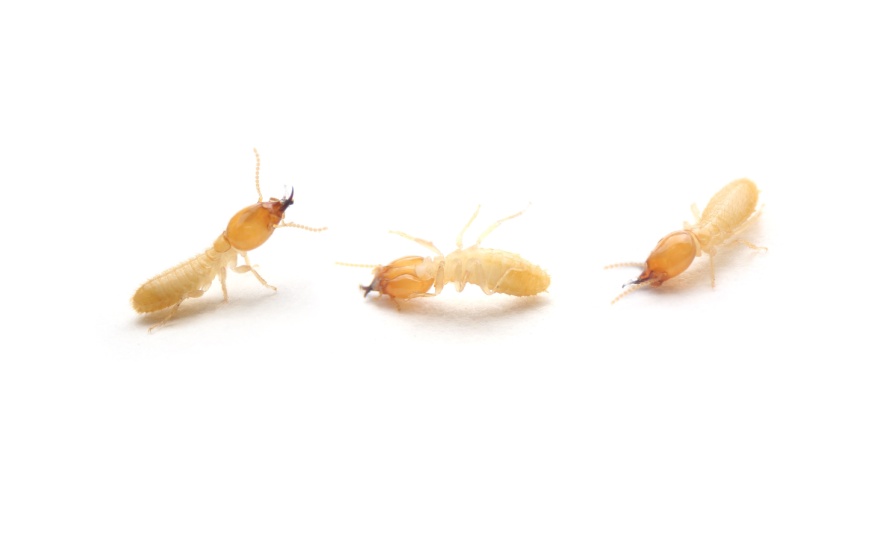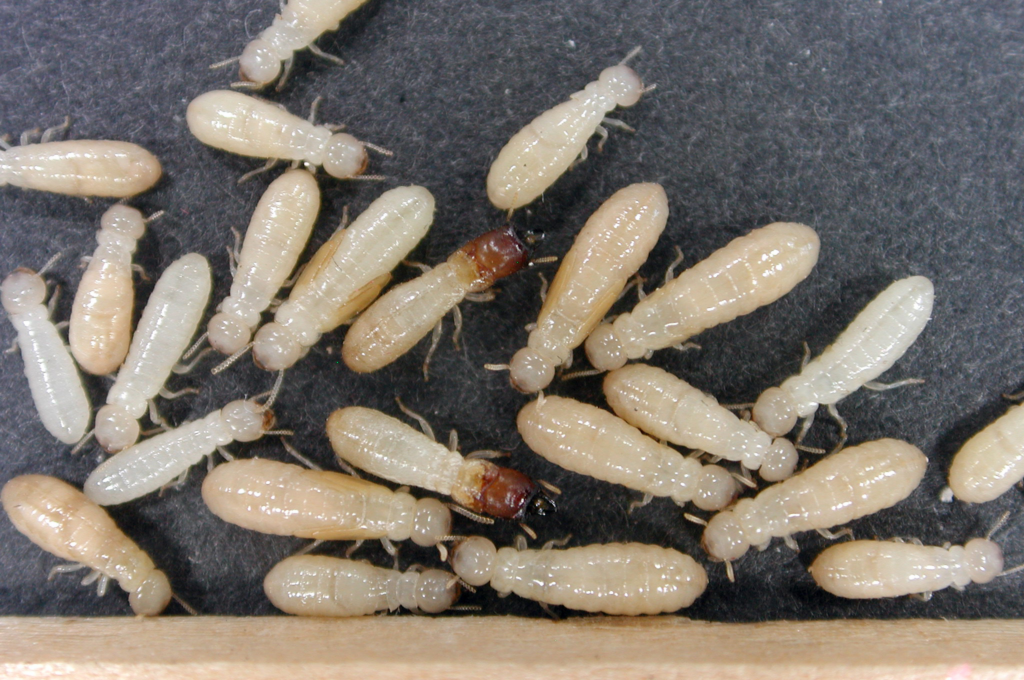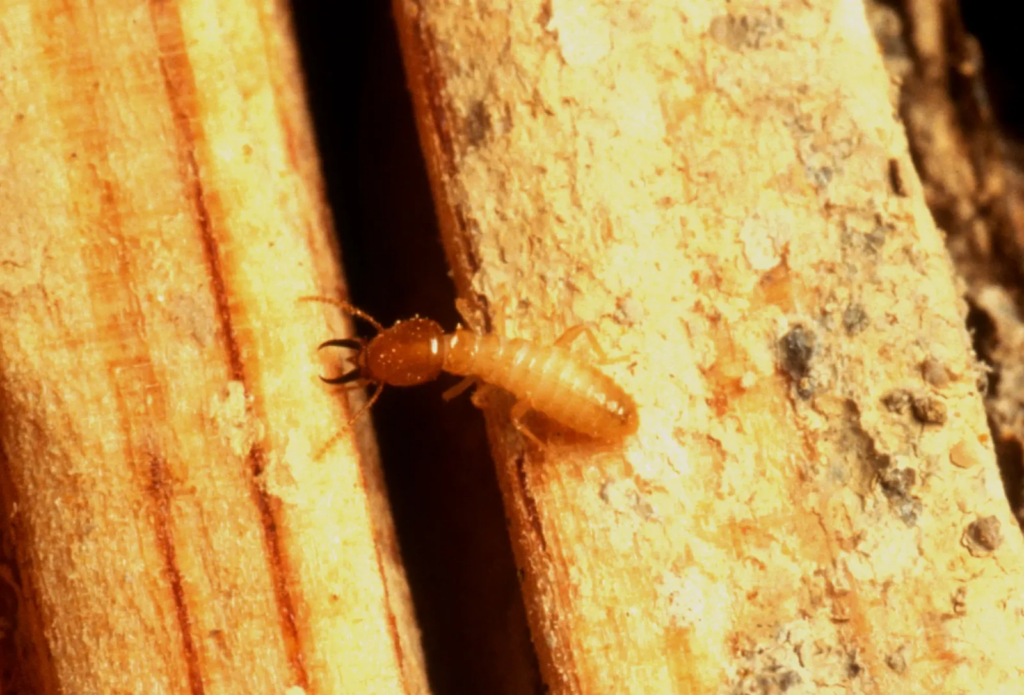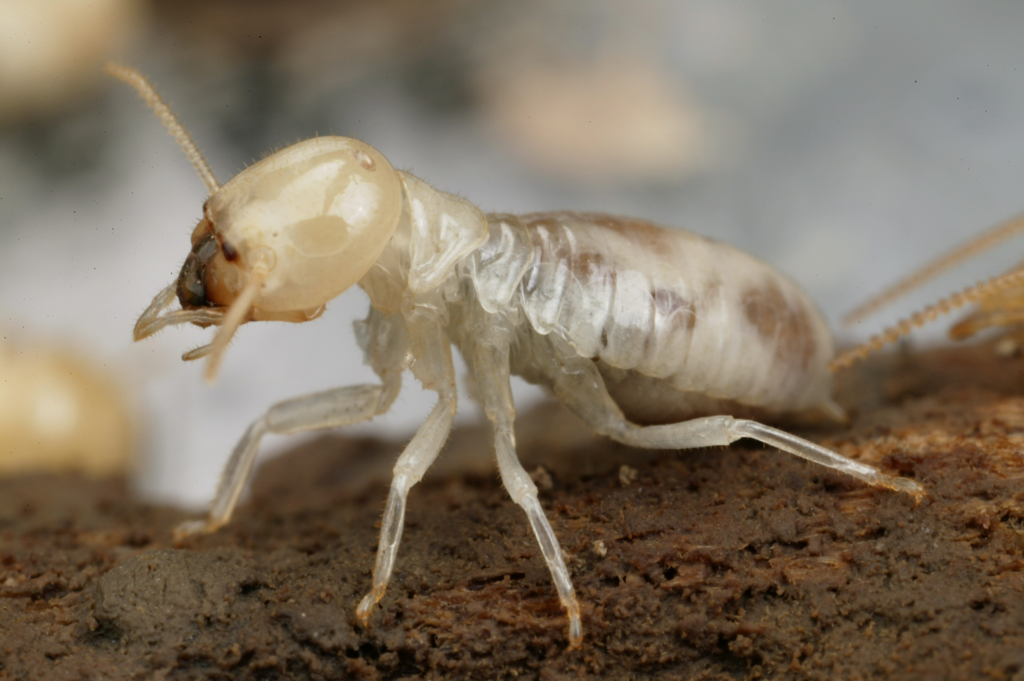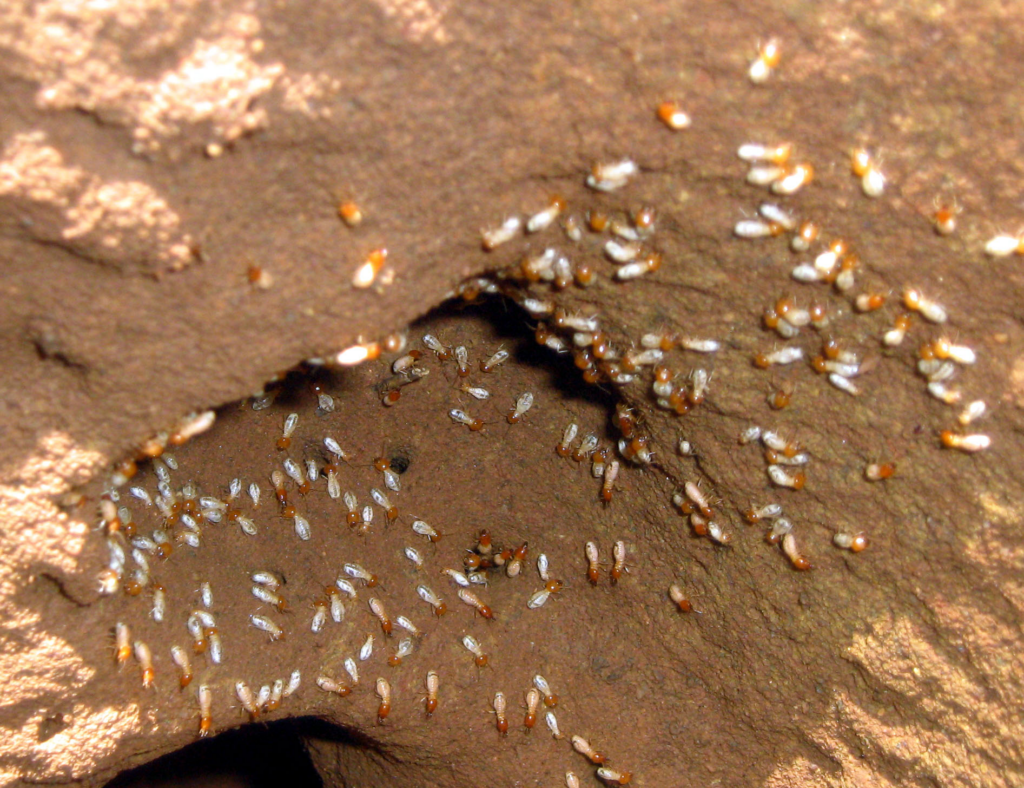As a homeowner, it’s easy to mix up pests with termites, like when they fly. Many flying termites look like carpenter ants or beetles. Knowing the difference is key for keeping your home safe.
Vinx Pest Control wants to keep your home safe from termites and other pests. This guide will teach you to spot flying insects that look like termites. You’ll learn how to tell them apart from real termites.
Key Takeaways
- Identify common flying insects mistaken for termites.
- Understand the key differences between termites and other pests.
- Learn how to take the right course of action for pest control.
- Discover how Vinx Pest Control can help protect your home.
- Recognize the signs of termite infestation.
Understanding the Confusion: Why Insects Are Misidentified
The swarming season can be confusing for homeowners. Many insects come out, looking like termites. It’s important to know why this happens to manage pests well.
Physical Similarities That Cause Misidentification
Many insects look like termites because of their looks. Flying ants and termite swarmers look alike. They have:
- Similar body size and shape
- Wings that are often translucent or similar in color
- Antennae and other parts that look like termite features
To learn more about the differences between ants and termites, visit our guide on everything you need to know about ants and termites.

Behavioral Patterns That Lead to Confusion
Behavior can also confuse homeowners. Some behaviors include:
- Swarming at specific times or weather
- Being attracted to light, gathering around homes
- Nesting or foraging in ways that look like termites
Knowing these similarities helps homeowners identify insects. They can then take the right steps.
The Importance of Correct Identification
Knowing what pest you have is key to fixing the problem. Different bugs harm things in different ways. They need different fixes.
Potential Damage Differences
Termites eat wood and other cellulose stuff. They can really hurt buildings. Carpenter ants also damage wood but in a different way. They dig it to make homes.
It’s important to tell termites from carpenter ants. They damage things in different ways. And they harm different parts of buildings.
Treatment Approach Variations
Termites need a big plan to get rid of them. This includes baiting and local treatments. Carpenter ants need a different plan. It involves killing their nest and stopping more from coming.
Knowing if you have termites or ants is very important. It helps pick the best way to fix the problem. This is true for termites and other flying bugs too.
Flying Insects That Look Like Termites: Complete Guide
Many flying insects look like termites. It’s important to know the differences. This helps with pest control and keeps your property safe.
Flying Ants
Flying ants, or swarmers, look like termites but are different. They have a narrow waist and bent antennae. They fly around in spring and summer looking for new homes.
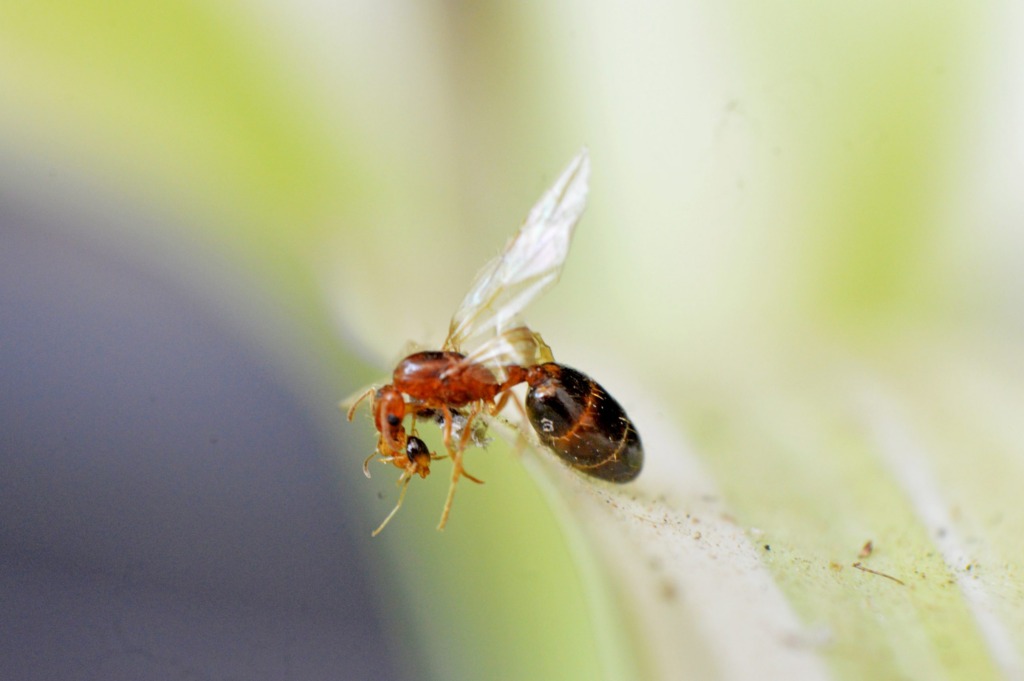
Carpenter Ants
Carpenter ants are also mistaken for termites. To learn more about the difference, check out this link. Carpenter ants are bigger and have a clear waist.
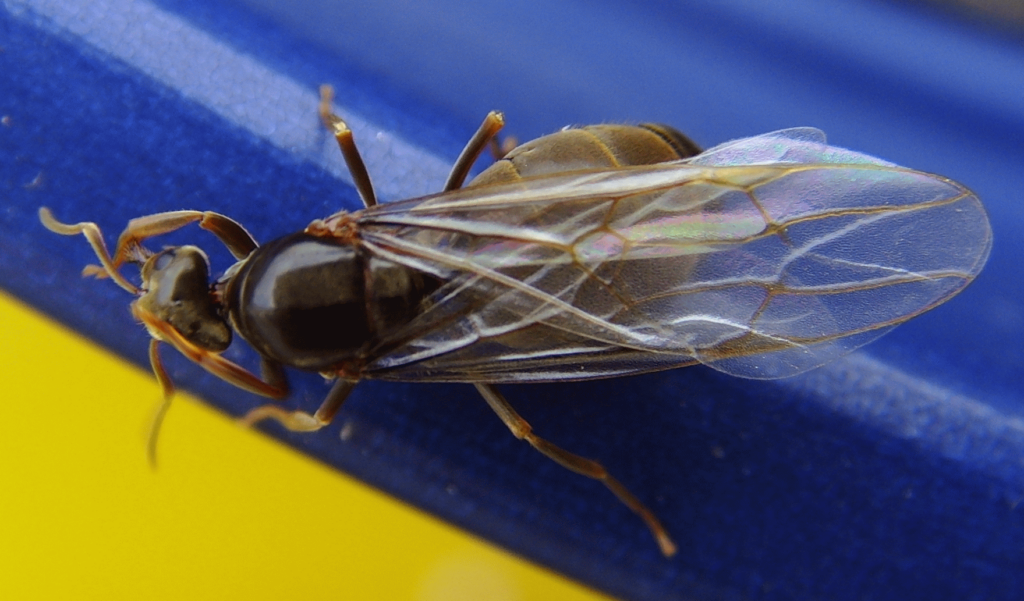
Mayflies
Mayflies live near water and are short-lived. They might look like termites but are harmless. Mayflies have big eyes and thin wings.

Acrobat Ants
Acrobat ants hold their belly up when scared. They are smaller and slimmer than termites. They live in trees and are not a big problem.

Flying Ants vs. Termites: Key Differences
Knowing the difference between flying ants and termites is key. Both have wings, but they look very different. This helps homeowners know how to deal with pests.
Body Structure Comparison
Flying ants and termites look different in their bodies. Flying ants have a narrow waist. Termites have a wide waist. This is a big clue to tell them apart.
Flying ants also have a body that’s more complex. Their body clearly shows a thorax and abdomen.
Wing Configuration Differences
The wings of flying ants and termites are different too. Flying ants have big front wings and small back wings. Termites have wings that are the same size.
Looking at the wings closely can help you tell them apart.
Antennae and Waist Distinctions
Antennae and waist are other big differences. Flying ants have bent antennae. Termites have straight ones.
Flying ants have a narrow waist. Termites have a wide waist. This helps you tell them apart.
Color and Size Variations
Color and size also help tell them apart. Flying ants are darker and bigger. Termites are lighter and smaller.
Looking at these traits can help you know what you’re dealing with.
Understanding these differences helps homeowners know if they have flying ants or termites. This is important for pest control. It helps with treatments for flying termites too.
Identifying True Termite Swarmers
To spot true termite swarmers, look for their special traits and how they act. These swarmers, or alates, are the termites that make more termites. They look like other flying bugs, but you can tell them apart.
Physical Characteristics of Termite Swarmers
Termite swarmers have some key features. These include:
- Straight antennae
- A broad waist without a narrow section between the thorax and abdomen
- Two pairs of wings that are equal in size and have a similar vein pattern
- Wings are usually transparent or lightly colored
Swarming Behavior and Timing
Termite swarmers come out of their colonies at certain times. This usually happens after it rains. Their swarming is a big sign of termites.
- Swarming happens in warmer months
- Swarmers are drawn to light
- They swarm in big groups, mostly at dusk or dawn
Signs of Termite Infestation Beyond Swarmers
There are other signs of termites too. For a full check, see our guide on how to check for termites yourself. Other signs include:
- Mud tubes on walls or near foundations
- Discarded wings near windows or doors
- Damaged wood or other cellulose-based materials
Seasonal Patterns: When Different Flying Insects Emerge
Flying insects that look like termites come out at certain times of the year. Knowing when they appear can help you figure out if you have termites or not.
Termite Swarm Season
Termite swarmers show up in the spring and summer, often after it rains. When they come out can change based on where you live and the weather. Subterranean termites usually swarm in the late afternoon or early evening. Drywood termites swarm during the day.
Flying Ant Swarming Periods
Flying ants, which look like termites, swarm in the spring and early summer. This can last from a few days to weeks, depending on the type and the weather.
Other Lookalike Insect Seasonal Activities
Other insects that look like termites also have their own times to come out. Mayflies show up in big numbers in the spring and summer, near water. Acrobat ants can swarm at different times of the year, based on the type and where you are.
Knowing when these flying insects come out can help you know if you have termites. This info can also help you protect your home from damage.
Prevention Methods for Flying Insects and Termites
To keep your home safe from termites and flying bugs that look like them, you need a good plan. This plan should include keeping your home in good shape, managing your yard, controlling moisture, and sealing up holes.
Home Maintenance Strategies
Keeping your home in good shape is key to stopping termites and flying bugs. Look for signs like mud tubes on walls or wings near windows. Learn about termite signs to spot problems early. Also, keep your home clean, store firewood away, and make sure your roof is strong.
- Regularly inspect your home for termite activity.
- Keep your home clean and clutter-free.
- Store firewood and other combustible materials away from your home.
Landscape Management
Managing your yard well is also important to stop termites. Keep plants away from your house, don’t use too much mulch near your foundation, and make sure water drains well. Also, trim trees and shrubs so they don’t touch your house.
Moisture Control Techniques
Termites love moisture, so you need to keep your home dry. Fix leaks, make sure water drains right, and use a dehumidifier in wet places. Always check for and fix any water damage or damp spots.
Entry Point Sealing
Sealing holes around your home is very important. This means fixing cracks in your foundation, windows, and doors. Also, make sure vents and chimneys have screens.
By using these prevention steps, you can lower the chance of termites and flying bugs getting into your home. Stay alert and keep up with maintenance to protect your home from these pests.
Treatment Options for Termite Swarmers and Lookalikes
Managing termitoid insects needs different strategies. This includes DIY fixes and professional help. Knowing how to treat flying insects that look like termites is key.
DIY Solutions for Minor Issues
For small problems or if you’re not sure what insect you have, DIY fixes can help. You can:
- Seal holes in your home to keep them out
- Make your home less wet, as these bugs like damp places
- Use store-bought bug sprays or traps for the bug you think it is
But, make sure you know what bug you’re dealing with before you treat it.
Professional Treatment Methods
For big problems or if you know it’s termites, you need a pro. Experts can:
- Figure out what bug it is and how bad it is
- Use special treatments like bait or liquid termiticides
- Teach you how to stop bugs from coming back
Places like Vinx Pest Control are great for dealing with termites and other pests. They offer custom plans for homes.
When to Call Vinx Pest Control
If you’re not sure what bugs you have or if DIY didn’t work, call a pro. Vinx Pest Control can give you the right advice and treatment. They’ll keep your home safe from termites and lookalikes.
Conclusion: Staying Vigilant Against Termites and Lookalikes
Keeping your home safe from termites takes hard work and careful watching. It’s important to tell termites apart from other flying bugs. Look for signs of termites on decks, fences, and porches to catch problems early.
Many homeowners make big mistakes when dealing with termites. They might try to fix it themselves or miss some damage. But, experts like Vinx Pest Control know how to handle it right.
By knowing what to do and getting help from experts, you can keep your home safe. Regular checks and upkeep are the best ways to stop termites and other pests. This way, your home stays safe and sound.
FAQ
Q: What are some common flying insects that are mistaken for termites?
A: Flying ants, carpenter ants, mayflies, and acrobat ants look like termites. They have similar looks and swarm together.
Q: How can I distinguish between flying ants and termites?
A: Flying ants and termites look different. Termites have a wide waist and straight antennae. Flying ants have a thin waist and bent antennae.Termites also have the same-sized wings. Flying ants have different-sized wings.
Q: What is termite swarm season, and when does it typically occur?
A: Termite swarm season changes with the region and type of termite. It usually happens in spring or summer. This is when termites go out to mate.
Q: How can I prevent termite and flying insect infestations in my home?
A: To keep termites and flying insects away, take care of your home’s outside. Manage your yard and control moisture. Seal any holes.Check your home often for termites. Fix any problems you find right away.
Q: What are some DIY solutions for treating termite swarmers and lookalikes?
A: For small problems, you can try DIY fixes. Seal holes, remove standing water, and use insecticidal soap or baits. But for big problems, get help from Vinx Pest Control.
Q: How can I identify true termite swarmers?
A: True termite swarmers have a wide waist and straight antennae. They have the same-sized wings. They fly during the day, mostly in spring or summer.
Q: What are some signs of termite infestation beyond swarming?
A: Look for mud tubes, damaged wood, and discarded wings. If you see these signs, call Vinx Pest Control right away.
Q: Can carpenter ants cause significant damage to my home?
A: Yes, carpenter ants can harm your home. They dig into wood to make nests. They don’t eat wood like termites, but they can weaken your home.
Q: When should I call Vinx Pest Control for assistance with termite swarmers or lookalikes?
A: If you’re not sure what insect is in your home or if the problem is big, call Vinx Pest Control. They can help and stop future problems.
Q: Are there any other flying insects that resemble termites?
A: Yes, mayflies and acrobat ants look like termites too. Knowing how to tell them apart can help you identify them correctly.




